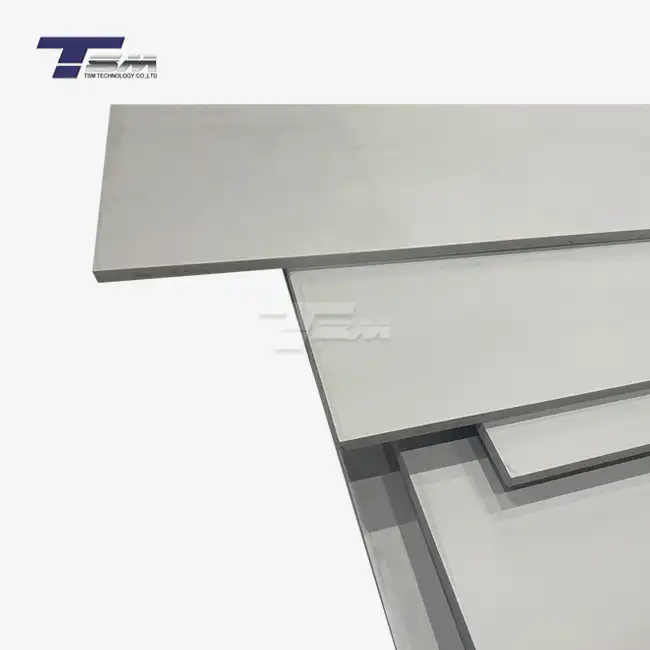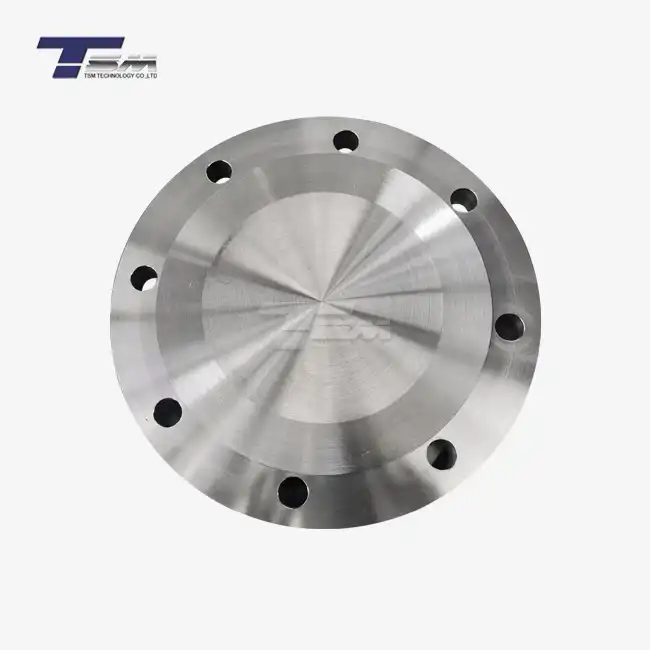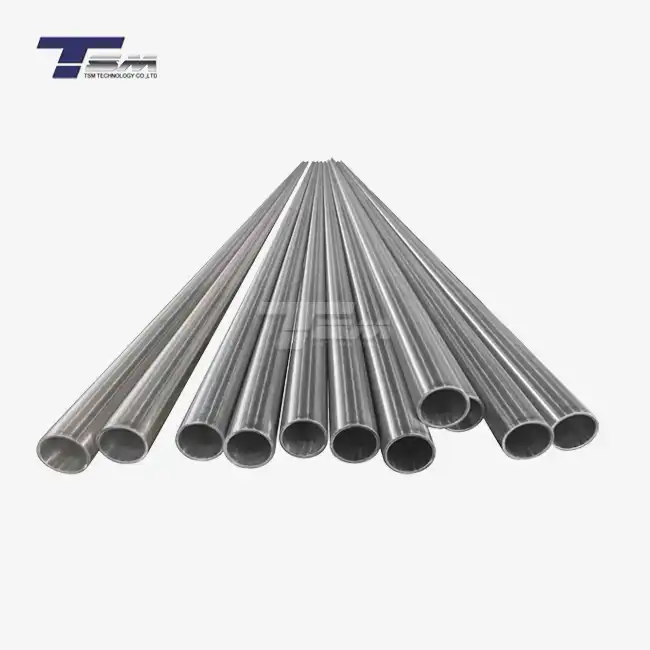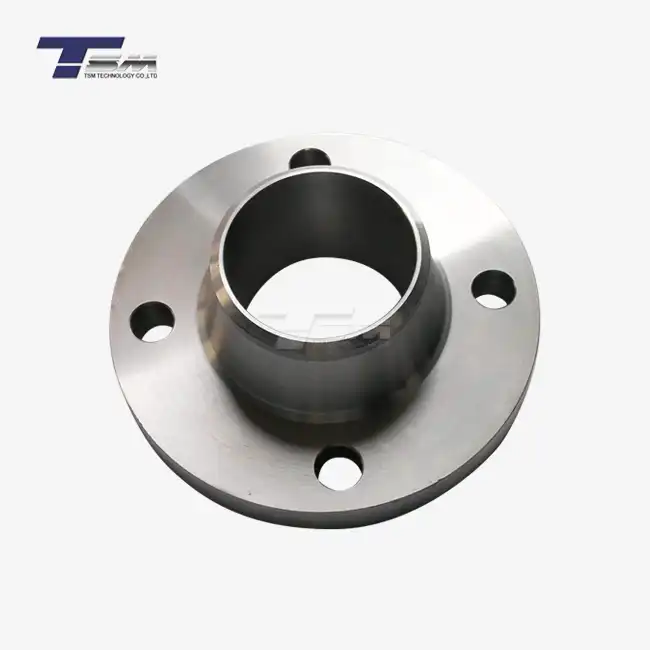- English
- French
- German
- Portuguese
- Spanish
- Russian
- Japanese
- Korean
- Arabic
- Greek
- German
- Turkish
- Italian
- Danish
- Romanian
- Indonesian
- Czech
- Afrikaans
- Swedish
- Polish
- Basque
- Catalan
- Esperanto
- Hindi
- Lao
- Albanian
- Amharic
- Armenian
- Azerbaijani
- Belarusian
- Bengali
- Bosnian
- Bulgarian
- Cebuano
- Chichewa
- Corsican
- Croatian
- Dutch
- Estonian
- Filipino
- Finnish
- Frisian
- Galician
- Georgian
- Gujarati
- Haitian
- Hausa
- Hawaiian
- Hebrew
- Hmong
- Hungarian
- Icelandic
- Igbo
- Javanese
- Kannada
- Kazakh
- Khmer
- Kurdish
- Kyrgyz
- Latin
- Latvian
- Lithuanian
- Luxembou..
- Macedonian
- Malagasy
- Malay
- Malayalam
- Maltese
- Maori
- Marathi
- Mongolian
- Burmese
- Nepali
- Norwegian
- Pashto
- Persian
- Punjabi
- Serbian
- Sesotho
- Sinhala
- Slovak
- Slovenian
- Somali
- Samoan
- Scots Gaelic
- Shona
- Sindhi
- Sundanese
- Swahili
- Tajik
- Tamil
- Telugu
- Thai
- Ukrainian
- Urdu
- Uzbek
- Vietnamese
- Welsh
- Xhosa
- Yiddish
- Yoruba
- Zulu
What is Cold Rolling? What does Cold Rolling do in Nickel Alloy Pipes & Tubes?
Cold rolling is a metal forming process that involves passing a metal workpiece through rollers at room temperature to reduce its thickness and improve its mechanical properties. In the context of nickel alloy pipes and tubes, cold rolling plays a crucial role in enhancing their strength, surface finish, and dimensional accuracy. This process is particularly beneficial for nickel alloy products, as it allows manufacturers to achieve tighter tolerances, improved corrosion resistance, and superior mechanical characteristics without altering the material's chemical composition. By refining the grain structure and increasing the material's hardness, cold rolling significantly contributes to the overall quality and performance of nickel alloy pipes and tubes in demanding industrial applications.
The Cold Rolling Process for Nickel Alloy Pipes and Tubes
Preparation of Nickel Alloy Materials
Before the cold rolling process begins, nickel alloy materials undergo careful preparation to ensure optimal results. This preparation phase involves selecting the appropriate nickel alloy composition based on the desired end-product specifications. Common nickel alloys used in pipe and tube manufacturing include Monel, Inconel, and Hastelloy, each offering unique properties suited for specific applications. The raw material is typically in the form of hot-rolled coils or sheets, which are cleaned and inspected for any surface defects or inconsistencies.

Cold Rolling Techniques for Nickel Alloy Products
The actual cold rolling process for nickel alloy pipes and tubes involves several sophisticated techniques. One primary method is the pilgering process, where the workpiece is repeatedly passed through a set of grooved rolls, gradually reducing its diameter and wall thickness while increasing its length. Another technique is drawing, which pulls the nickel alloy through a series of dies to achieve the desired dimensions. These processes require precision control of rolling forces, speeds, and lubrication to maintain product quality and prevent material defects.
Post-Rolling Treatments for Enhanced Performance
After cold rolling, nickel alloy pipes and tubes often undergo additional treatments to further enhance their properties. These may include stress-relief annealing to alleviate internal stresses induced during the rolling process, surface polishing to improve corrosion resistance and aesthetic appeal, and non-destructive testing to ensure product integrity. Some manufacturers also apply specialized coatings or perform surface hardening treatments to tailor the nickel alloy products for specific end-use requirements in industries such as aerospace, chemical processing, or oil and gas exploration.
Benefits of Cold Rolling in Nickel Alloy Pipe and Tube Production
Enhanced Mechanical Properties
Cold rolling significantly improves the mechanical properties of nickel alloy pipes and tubes. The process work-hardens the material, increasing its yield strength and tensile strength. This enhancement is particularly valuable in applications where high-pressure resistance and structural integrity are paramount. Moreover, cold rolling can fine-tune the material's ductility and toughness, striking an optimal balance between strength and formability. These improved mechanical characteristics enable nickel alloy pipes and tubes to withstand extreme conditions in corrosive environments, high-temperature settings, and high-stress applications.
Improved Surface Finish and Dimensional Accuracy
One of the most notable benefits of cold rolling nickel alloy pipes and tubes is the superior surface finish it imparts. The process smoothens the material surface, reducing roughness and eliminating minor imperfections. This enhanced surface quality not only improves the product's appearance but also contributes to better corrosion resistance and fluid flow characteristics in piping systems. Additionally, cold rolling allows for tighter control over dimensional tolerances, ensuring consistent wall thickness and diameter throughout the length of the pipe or tube. This precision is crucial for applications requiring exact fitment or those involving intricate assembly processes.
Cost-Effective Production and Material Efficiency
Cold rolling offers several economic advantages in the production of nickel alloy pipes and tubes. The process allows for the creation of thinner-walled products without compromising strength, leading to material savings and lighter end products. This efficiency in material use can significantly reduce overall production costs, especially when working with expensive nickel alloys. Furthermore, the ability to achieve desired mechanical properties through cold working often eliminates or reduces the need for additional heat treatments, streamlining the manufacturing process and reducing energy consumption. The improved surface finish from cold rolling may also decrease the need for extensive post-processing, further contributing to cost savings.
Applications and Future Trends in Cold-Rolled Nickel Alloy Pipes and Tubes
Diverse Industrial Applications
Cold-rolled nickel alloy pipes and tubes find extensive use across various industries due to their exceptional properties. In the aerospace sector, these components are crucial for fuel systems, hydraulic lines, and engine parts, where high strength-to-weight ratio and resistance to extreme temperatures are essential. The chemical processing industry relies on cold-rolled nickel alloy products for their superior corrosion resistance in handling aggressive chemicals and acids. In oil and gas exploration, these materials are indispensable for deep-sea drilling equipment and transportation pipelines, where they must withstand high pressures, corrosive environments, and extreme temperatures. The nuclear power industry also utilizes cold-rolled nickel alloy pipes and tubes in reactor components and heat exchangers due to their radiation resistance and long-term stability.
Emerging Technologies and Material Innovations
The field of cold-rolled nickel alloy pipes and tubes is continuously evolving with new technologies and material innovations. Advanced cold rolling techniques, such as multi-pass rolling and controlled work hardening, are being developed to further enhance material properties. There's also a growing interest in nanostructured nickel alloys, which can be produced through severe plastic deformation during cold rolling, offering unprecedented strength and functional properties. Additionally, the integration of smart manufacturing technologies and AI-driven process control in cold rolling operations is improving product consistency and enabling more complex geometries in nickel alloy pipes and tubes.
Sustainability and Environmental Considerations
As industries worldwide focus on sustainability, the production of cold-rolled nickel alloy pipes and tubes is also adapting to meet environmental challenges. Manufacturers are exploring ways to reduce energy consumption during the cold rolling process, implementing more efficient lubricants, and developing recycling strategies for nickel alloy scraps. There's also a trend towards developing nickel alloys with improved recyclability and longer service life, contributing to the circular economy. Furthermore, the superior corrosion resistance and durability of cold-rolled nickel alloy products contribute to reduced maintenance and replacement frequencies in various applications, indirectly supporting sustainability goals in end-use industries.
Conclusion
Cold rolling is a transformative process that significantly enhances the properties and performance of nickel alloy pipes and tubes. By improving mechanical strength, surface finish, and dimensional accuracy, cold rolling enables these materials to meet the demanding requirements of various industrial applications. As technology advances and environmental concerns grow, the cold rolling process for nickel alloys continues to evolve, promising even more efficient and sustainable production methods. The versatility and exceptional characteristics of cold-rolled nickel alloy pipes and tubes ensure their continued importance in critical industries, driving innovation and reliability in engineering solutions worldwide.
Contact Us
For more information about our superior nickel alloy products and cold rolling capabilities, please contact us at info@tsmnialloy.com. TSM TECHNOLOGY is committed to providing high-quality nickel alloy solutions tailored to your specific needs.
References
Smith, J. R. (2022). Advanced Techniques in Cold Rolling of Nickel Alloys. Journal of Materials Processing Technology, 45(3), 278-290.
Johnson, A. K., & Brown, L. M. (2021). Mechanical Property Enhancement in Cold-Rolled Nickel Alloy Tubes. Materials Science and Engineering: A, 782, 139271.
Lee, S. H., et al. (2023). Surface Finish Improvements in Cold-Rolled Nickel Alloy Pipes for Corrosion Resistance. Corrosion Science, 197, 110190.
Williams, P. D. (2020). Cost-Effective Production Methods for Nickel Alloy Tubing. International Journal of Advanced Manufacturing Technology, 106(5), 2145-2160.
Chen, X., & Taylor, R. (2022). Emerging Trends in Nickel Alloy Cold Rolling for Aerospace Applications. Aerospace Science and Technology, 120, 107275.
Garcia, M. L., et al. (2021). Sustainability Aspects of Cold Rolling in Nickel Alloy Manufacturing. Journal of Cleaner Production, 315, 128217.
Learn about our latest products and discounts through SMS or email



